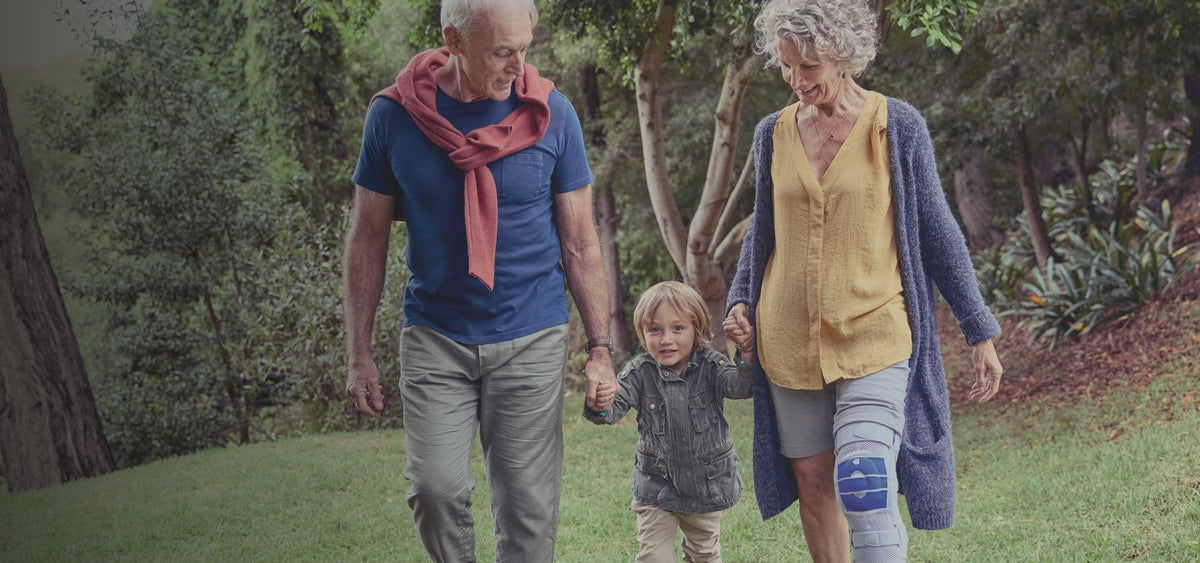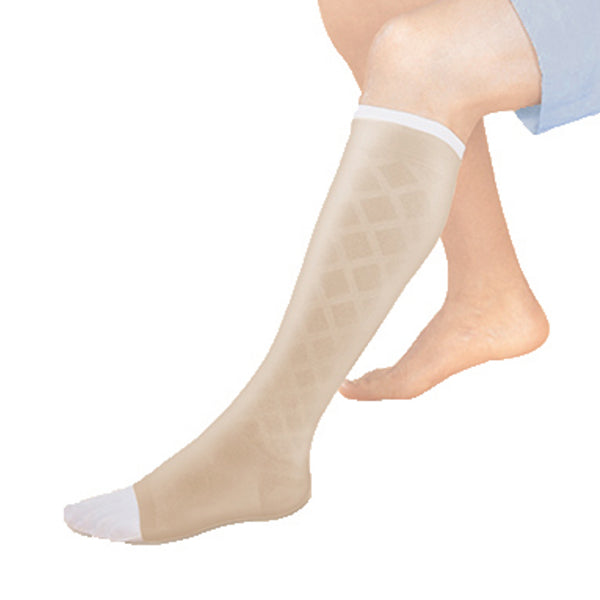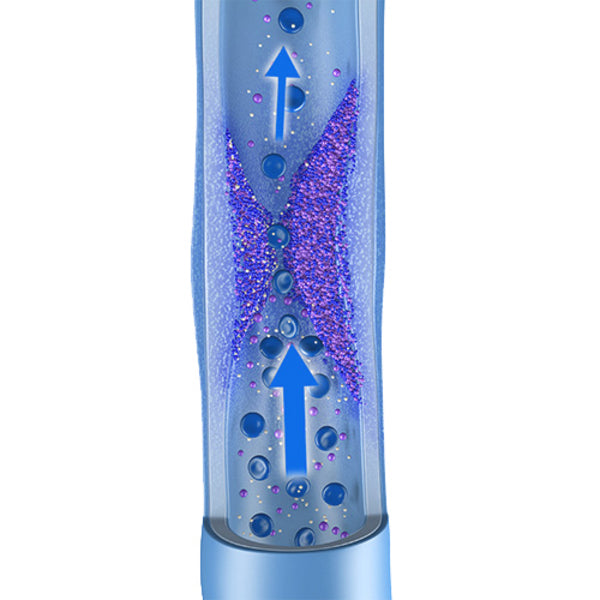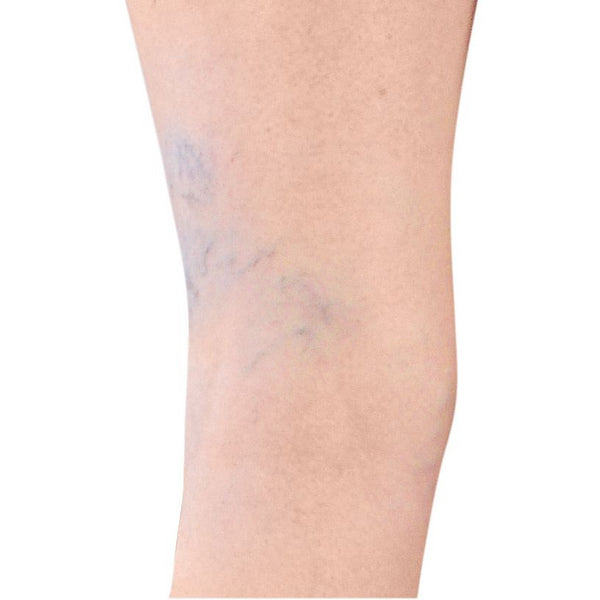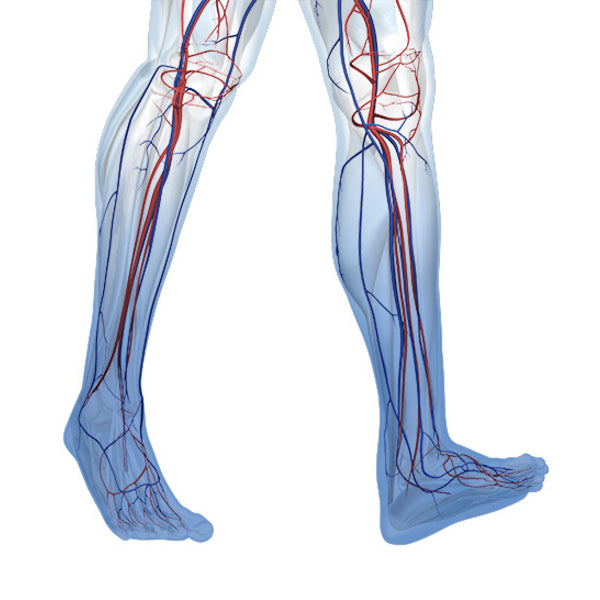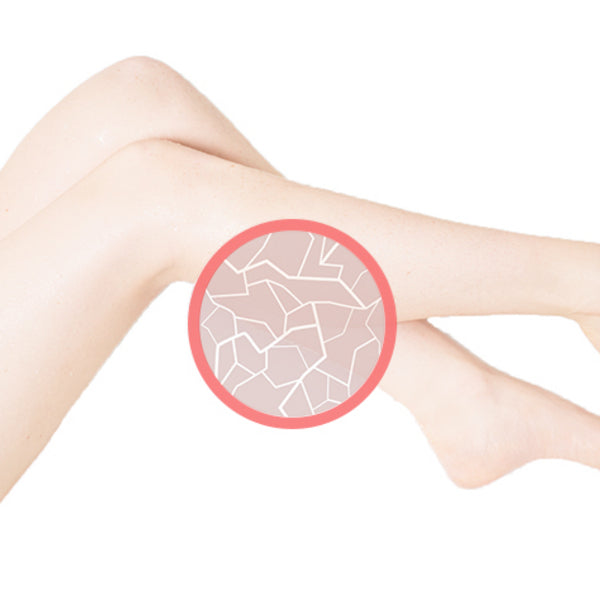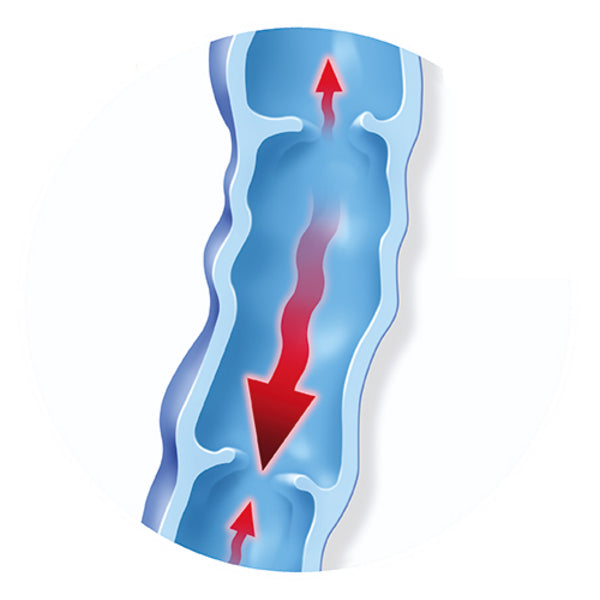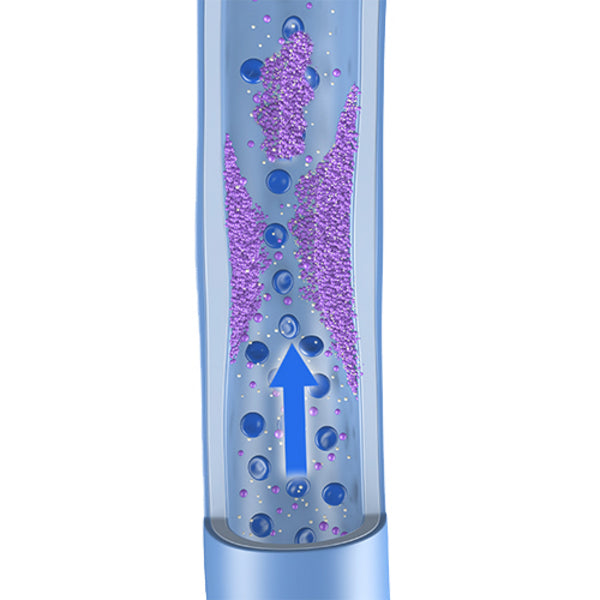Venous Ulcers (Open Leg)
Open leg Leg ulcer - cause and treatment Home page Injury hub Vein Disorders Venous Ulcers (Open Leg) Stubborn and slow healing ulcers, commonly referred to as "open legs", can have many causes. Vascular diseases or diabetes can often lead to ulcers developing in the lower leg (Ulcus Curis). Depending on the progression and severity of the condition, very different...
Read more
